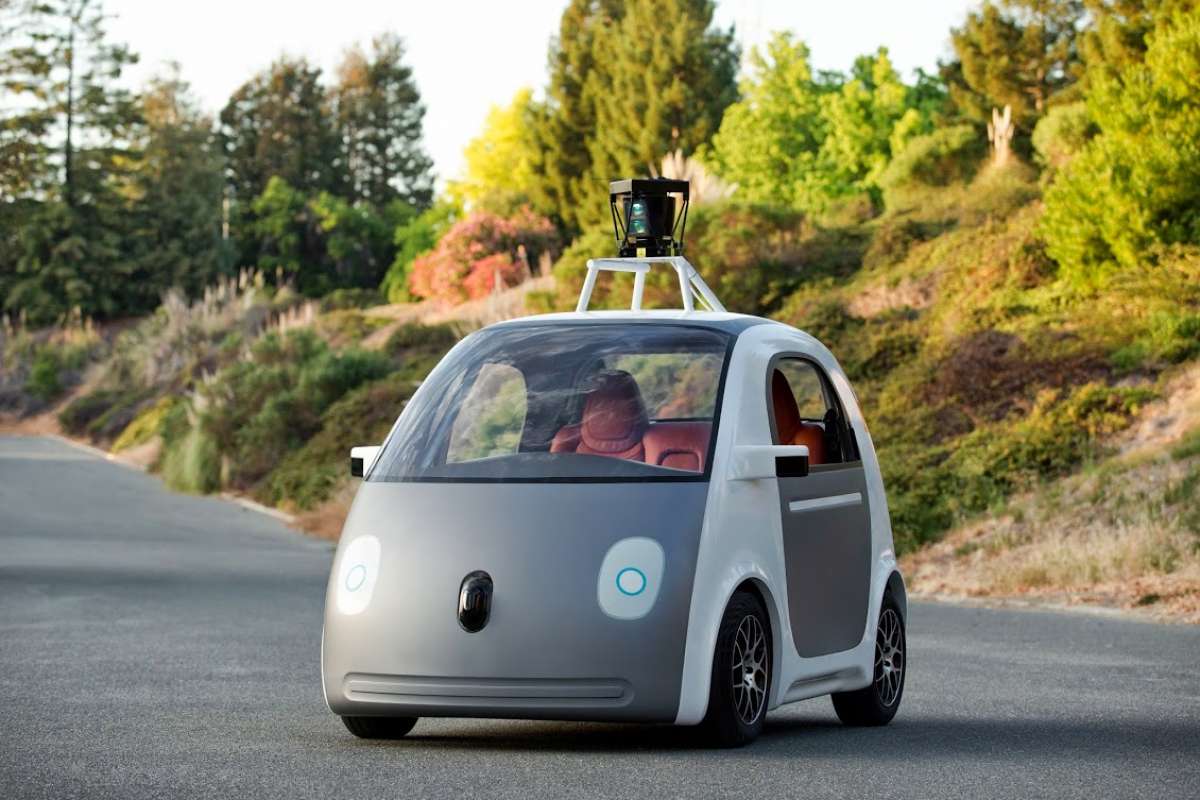If you’ve ever wondered what it’s like to be in one of Google’s self-driving cars. MIT’s Andrew McAfee has the answer.
Co-founder of the MIT Initiative on the Digital Economy and co-author of the book The Second Machine Age, McAfee and his co-author and colleague Erik Brynjolfsson managed to snare a ride in one.
“We read – like everyone else read – that Google had been building this completely autonomous fleet of vehicles and we were like, ‘Wait a minute, that’s actually not supposed to be happening’,” McAfee told the recent Dreamforce 15 conference in San Francisco.
“So we called in all of our chips, all of our favours at Google, and they finally said, ‘Stop bugging us and we’ll give you a ride in the car’.”
The next thing they found themselves on Highway 101 in Northern California with a Google engineer at the wheel, driving the car in manual mode. Then, everything changed.
“You know how there are five stages of grief and 12-step recovery processes? I learned right then and there that there are three phases of being a passenger in an autonomous car,” McAfee said.
McAfee calls phase one “raw, abject terror”.
“It’s a normal car with standard controls on it, except – honestly - it’s got a big red button in the middle of the dashboard,” he said.
“And we’re going down Highway 101 and a Google engineer is driving the car like normal, and then at one point he takes his hand off the steering well, [presses] the big red button, takes his hands and his feet off the controls, and the car starts driving itself down the highway.
“This is white knuckle time. This is abject terror because suddenly this was not an interesting abstract experiment. This was, ‘Am I going to die in the next five seconds or not?’”
According to McAfee, phase one lasted about “10 to 15 seconds” before giving way to phase two – “passionate interest in what was going on”.
“It was a weird feeling, and we bombarded the Googlers with questions about what sensing technologies are you using, what mapping technologies, how much computation do you use, what bandwidth – just all these nerdy questions,” McAfee said.
“That lasted for about 20 minutes, and then phase three kicked in, which I can only describe as mild boredom with the whole thing.”
Yes, within 20 minutes of being in a car that is driving itself along a highway, its passengers were getting bored.
“It turns out this car drives the way we are all taught to in driver’s education and then immediately forget about for the rest of our lives as drivers,” McAfee said.
“It doesn’t speed, it doesn’t sense opportunities and weave in and out of traffic, it stays in the middle of the lane, and it doesn’t have a middle finger… It goes down the road. It was unbelievably boring.
“By the end of this ride it felt about as exciting to us as – you know how in some airports there’s the monorail that takes you from your gate to the terminal? This ride had the same level of visceral thrill to it by the end.”
What the ride lacked in thrill, it made up for in the future state it makes possible.
“When we were done, Erik and I turned to each other and we said a couple of things,” McAfee said.
“The first was, why are people still driving cars? This really does not feel like it’s going to make sense for a lot longer.”
Ry Crozier travelled to Dreamforce 15 in San Francisco as a guest of Salesforce.










